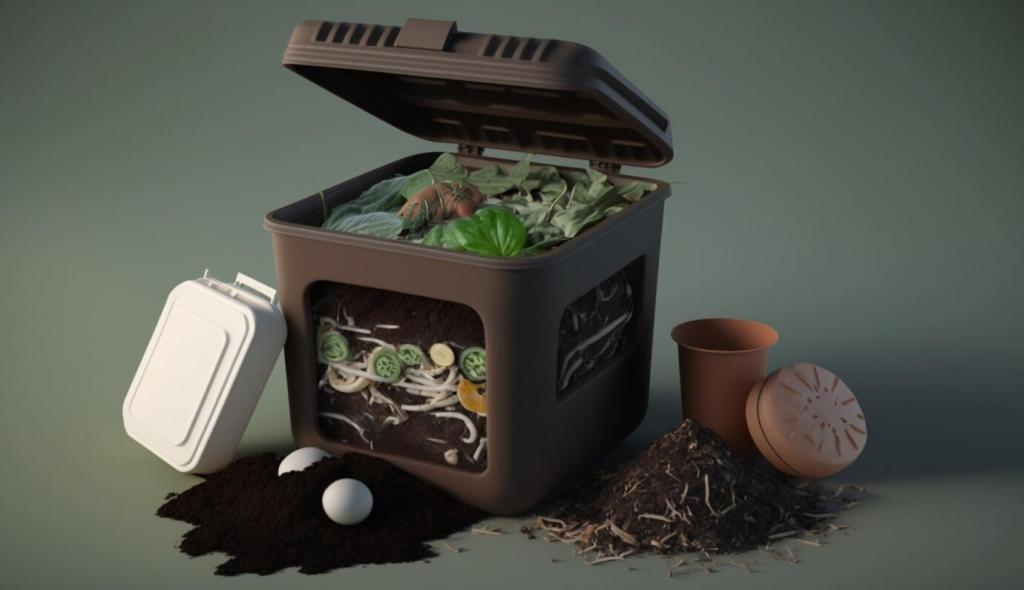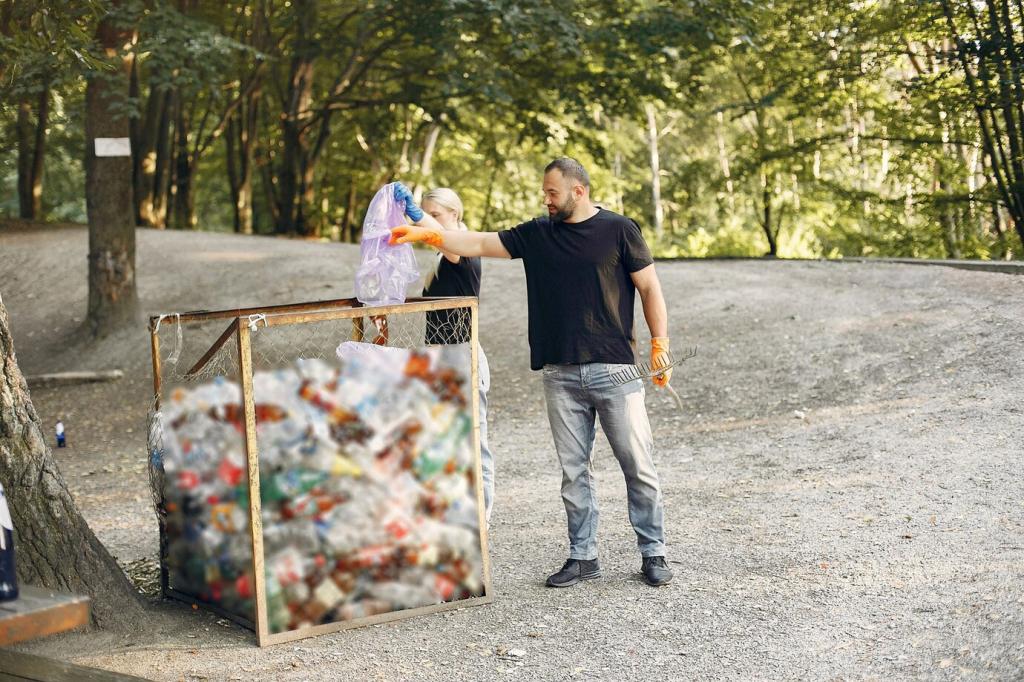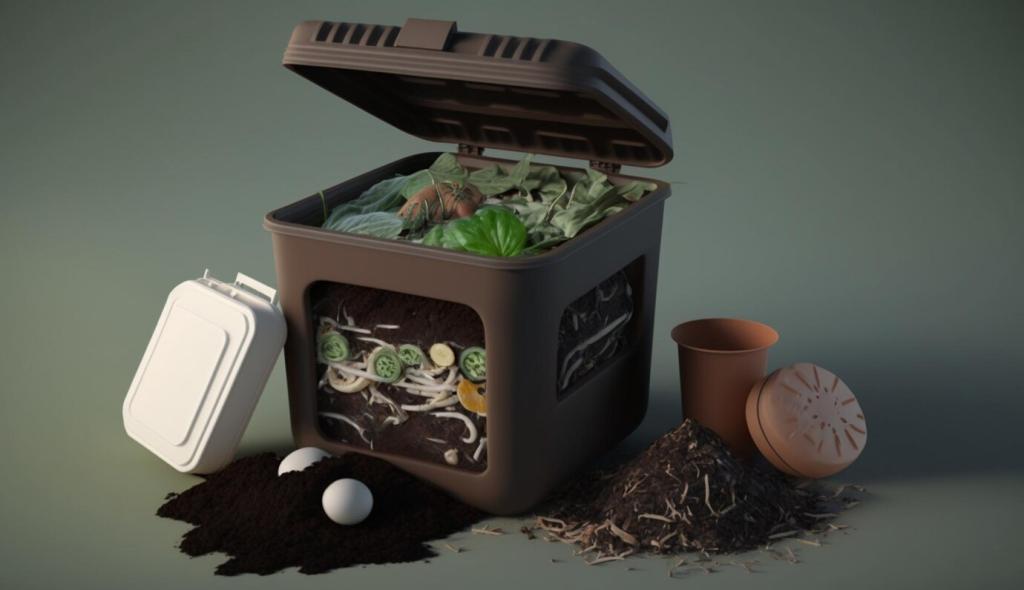
Step-by-Step Balcony Composting Techniques: From Scraps to Living Soil
Today’s theme: Step-by-Step Balcony Composting Techniques. Turn kitchen offcuts into nutrient-rich compost without mess, mystery, or complaints from neighbors. Follow clear, bite-sized steps, ask questions in the comments, and subscribe for weekly balcony compost prompts and seasonal checklists.

Layering and Aeration: The Lasagna That Plants Love
Each time you add scraps, build a quick cycle: browns base, greens, a sprinkle of finished compost or garden soil for microbes, another thin browns layer, then a final brown cap. This sandwich traps smells, speeds breakdown, and keeps everything neat and tidy.
Neighbors, Odors, and Peace of Mind
What Healthy Compost Smells Like
Good compost smells like damp forest soil after rain. Ammonia notes suggest too many greens; add browns and fluff. Sour, rotten odors signal poor airflow; loosen compacted layers and rebuild with thinner, alternating layers. Share your nose test impressions to help others troubleshoot confidently.
Fruit Flies, Ants, and Other Tiny Critics
Prevent fruit flies by freezing scraps before adding, then always covering with a generous brown layer. Use a tight lid and fine mesh for extra insurance. Keep the rim clean, avoid proteins and oils, and sprinkle a little cinnamon barrier if ants appear. Report your best prevention tricks.
Silent, Clean Handling Habits
Chop scraps small to speed decay and reduce disturbances. Wipe the bin rim after feeding, rinse your kitchen caddy daily, and carry small loads so nothing lingers. Schedule quick, quiet maintenance times. Tell us what routine helps you keep everything neat without drawing attention.
Weather-Proof Composting on a Balcony
Shade the bin during peak sun, keep the lid cracked slightly for airflow, and feed smaller amounts more often. Add extra browns to control moisture and smell. A cheap thermometer helps you learn your bin’s behavior, even if balcony systems rarely hit truly high composting temperatures.

Harvest, Cure, and Use Your Balcony Gold
Signs of Finish and How to Cure
Finished compost looks dark, crumbly, and smells earthy, with original materials hard to recognize. Let it cure two to four weeks in a ventilated container. Sift with a simple frame; return coarse bits to the next batch as inoculant. Tell us how you set up a curing spot.


Feeding Container Gardens and Houseplants
Blend ten to twenty percent compost into potting mixes, or top-dress a thin layer and water it in. Avoid burying stems and check drainage carefully. A quick, non-aerated compost extract can gently feed seedlings. Comment with your favorite balcony plants that respond beautifully to fresh compost.
A Balcony Story to Encourage You
A reader in a fifth-floor studio began with a shoebox of shredded mail and a small lidded pail. She feared smells but committed to daily caps of browns. Three months later, herbs exploded with growth. Her proud message: small steps, repeated, changed the feel of home.
Simple Tracking That Improves Results
Each week, note four things: feed added, quick fluff, moisture feel, and brown cap thickness. Weigh scraps if you enjoy data. Patterns emerge, and problems shrink. A plain notebook or notes app works perfectly. Share what you track and which numbers help you stay motivated.
Join the Conversation and Stick With It
Tell us your balcony size, climate, and biggest obstacle. Subscribe for step-by-step seasonal prompts, tiny challenges, and real-life fixes. What will you try this week: better brown caps, finer chopping, or a moisture check? Your comment could be the nudge someone else needs.
